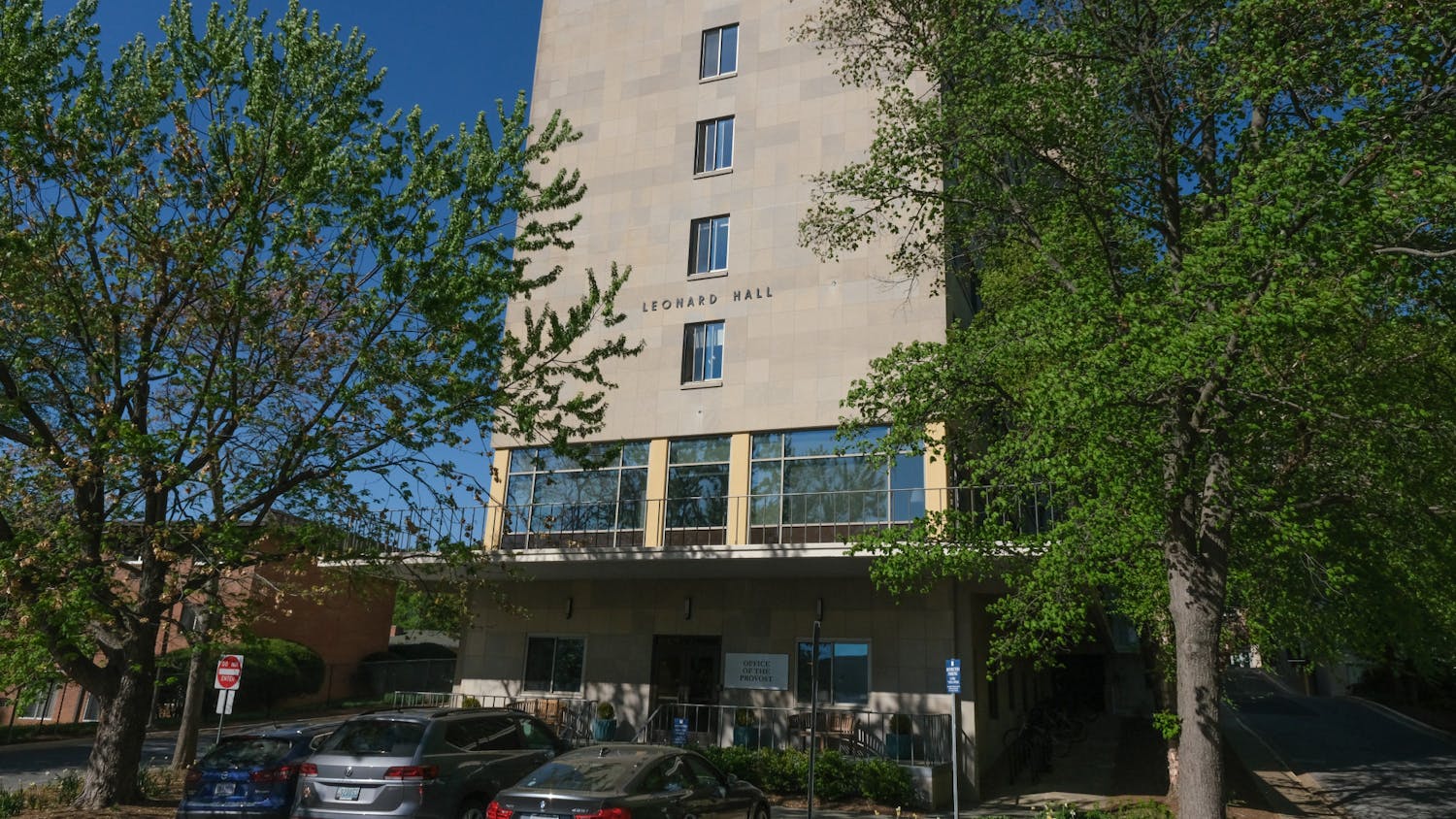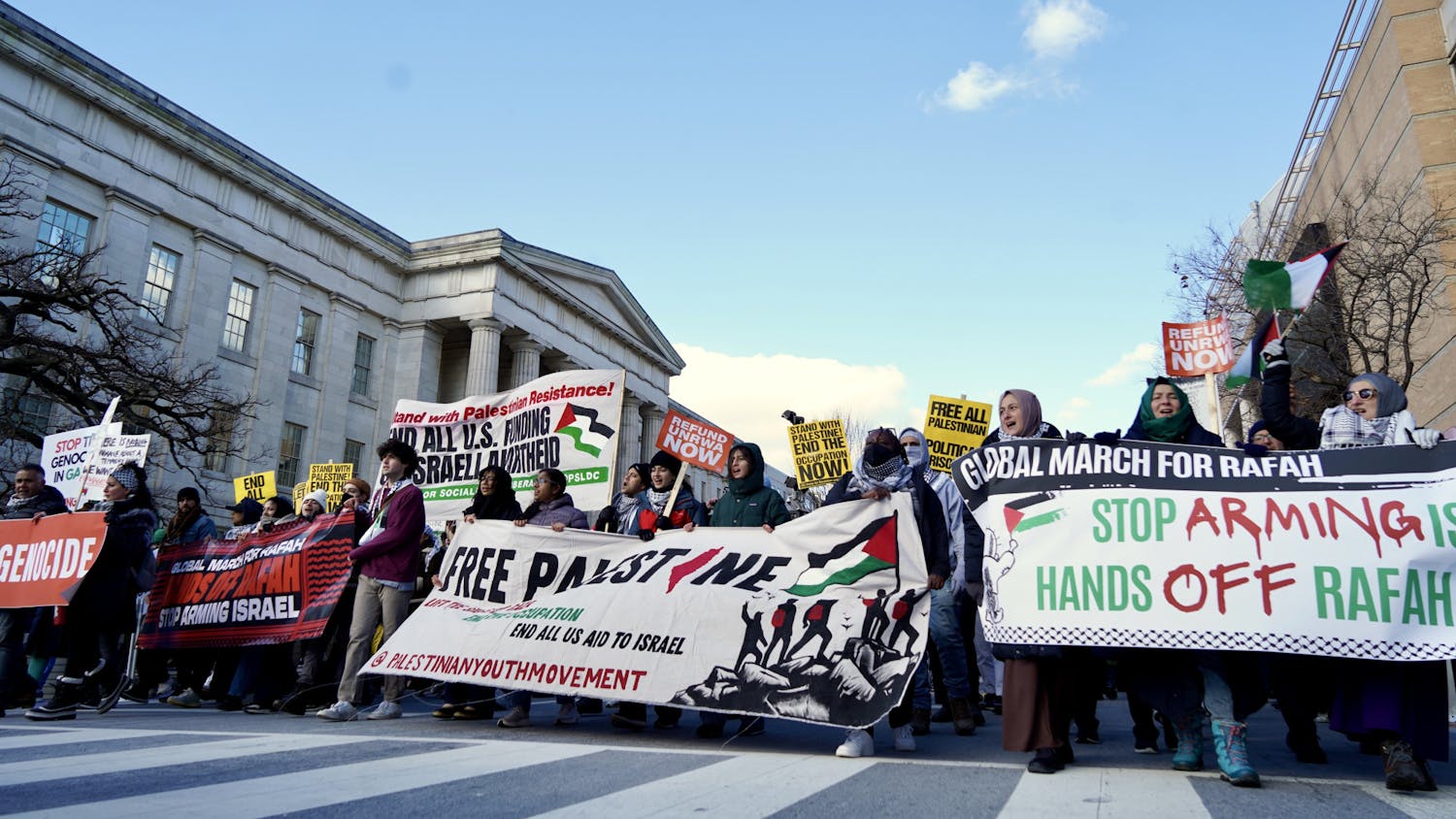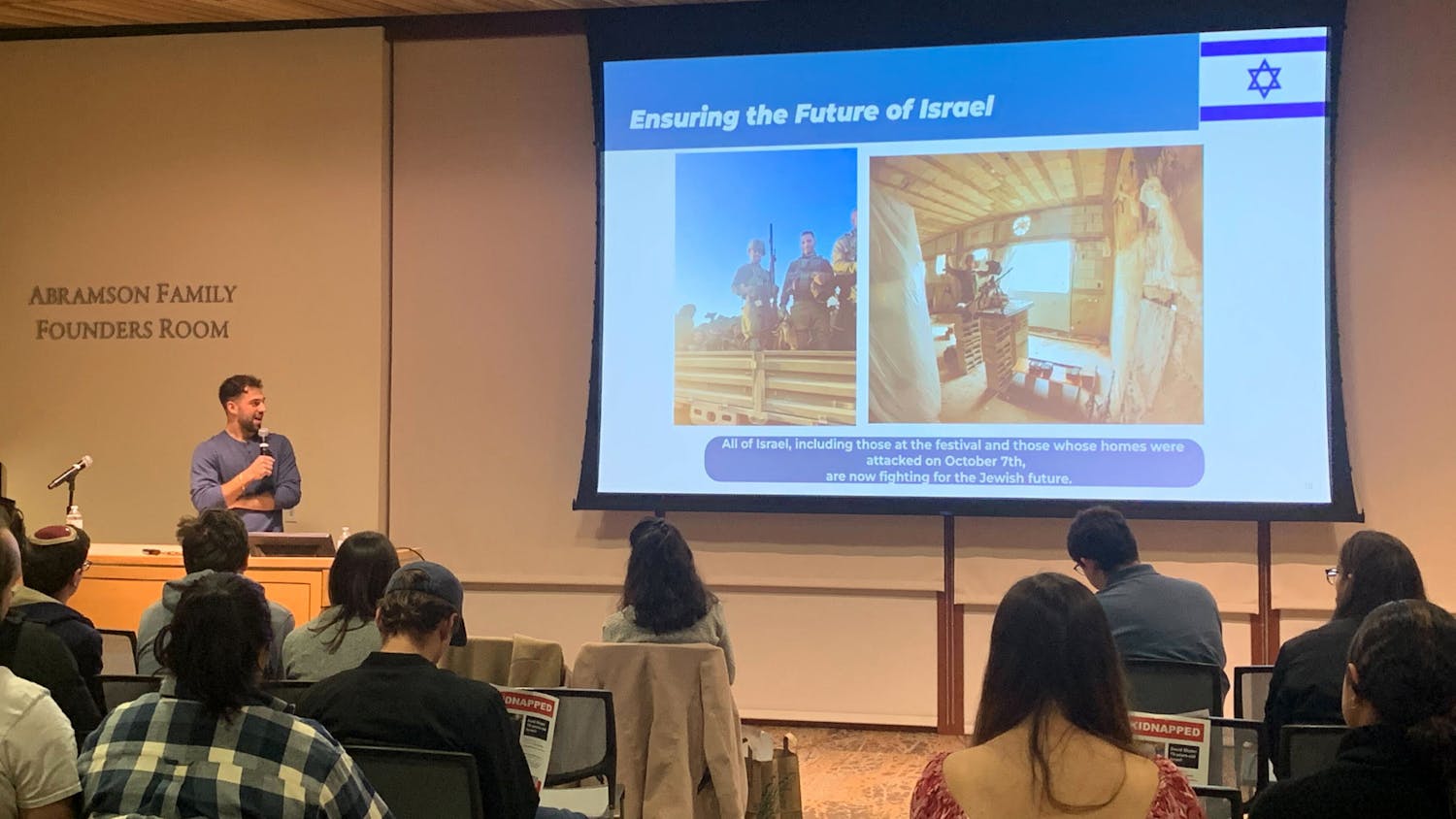After starting a year ago when Hurricanes Irma and Maria struck Puerto Rico, the Puerto Rican Student Organization (PRSO), formally known as Boricuas at AU, is officially a university-recognized club.
Daniela Martínez Berríos, a senior at AU from San Juan, Puerto Rico, created a private Facebook group just days after the hurricane so that Puerto Rican students on campus could start to communicate and help plan campus fundraising activities.
“I just felt really powerless being in the United States and not doing anything about it,” Martínez Berríos said. “A part of me had to get up and do something as a way to deal with my grief and my worry for my country and my family.”
Martínez Berríos and Olimar Rivera Noa, another co-founder of PRSO, began by reaching out to AU’s League of United Latin American Citizens (LULAC) and were able to organize initial tabling activities for both emergency supply materials and monetary contributions.
Ana Mirandés, the financial officer of PRSO, joined the group when it was founded and continued her role in the club after the hurricanes.
“When the hurricane hit we had a lot of tabling events and fundraisers, my job was to basically pull in all the money and donate it to organizations in Puerto Rico,” Mirandés said.
PRSO first began donating to Unidos Por Puerto Rico, which is an initiative started by the office of the Puerto Rican First Lady Beatriz Izabel Rosello and a group of companies to help the victims of the storm.
But, according to Mirandés, two or three months after the hurricanes, the stated plans for Unidos Por Puerto Rico changed.
“She [First Lady Rosello] wanted to use the money to build parks instead of help communities who didn’t have power or lost water or lost their homes, so we didn’t want to continue giving them money we raised,” Mirandés said.
After this, PRSO began working with other organizations such as Students with Puerto Rico, a grassroots movement of Puerto Ricans who are studying in the U.S., and Por Mi Patria, a community-led initiative that provides food to local communities and arts activities, theater and music for Puerto Rican youth.
Due to their lack of official club recognition, PRSO continued to hold tabling activities with the help of other student organizations, such as LULAC and the Latinx and American Student Organization (LASO) last year.
“What motivated us to start PRSO was the fact that the Puerto Rican community at AU wasn’t necessarily a tight-knit community,” Berríos said. “We needed to give Puerto Rican students a chance to all get together and get through this hardship.”
As it stands today, PRSO works to engage and empower Puerto Rican students on campus and other non-Latinx and non-Puerto Rican students to raise awareness about the issues going on in Puerto Rico.
Most PRSO members were born and raised in Puerto Rico, and most, according to Berrios, are from the San Juan metropolitan area, which was more protected from the paths of the hurricanes than other regions of Puerto Rico, such as the mountainous area.
Berríos, whose family still lives in San Juan, went back to Puerto Rico in December 2017, just months after Hurricanes Irma and Maria hit in September of that same year.
With a large majority of the street lights not working, Berrios said that leaving their house became a very stressful occasion because of frequent car accidents.
“From what I hear from my parents that have been there the whole time, initially everyone was really courteous on the street, letting people pass, but then as time passed and the street lights not working being the new norm, everyone started to be more aggressive and began not stopping at lights, making it more unsafe,” Berríos said.
By May of this year, most of the street lights in the San Juan metropolitan area were working. However, fallen trees were still on the side of the road and blue FEMA tarps still covered houses that had missing roofs.
Mirandés witnessed a similar scene when she returned to her hometown of Guaynabo, a suburb outside of San Juan where her family lives. Her family, along with more than 1 million other Puerto Ricans, lost electricity from Hurricane Irma in September 2017, and did not regain power until February..
“It’s the part of Puerto Rico that Trump visited,” Mirandés said. “He only saw the the richest, whitest, part of Puerto Rico. He didn’t go to the part of Puerto Rico that was most affected, which was the mountainous area.”
As time has progressed and the catastrophic situation in Puerto Rico has slowly improved, the purpose of PRSO has become broader, according to Mirandés.
“That was the purpose at the beginning, just to give back home, but now the overall purpose has shifted to connect all the Puerto Ricans here, and not just those born back home,” she said.





